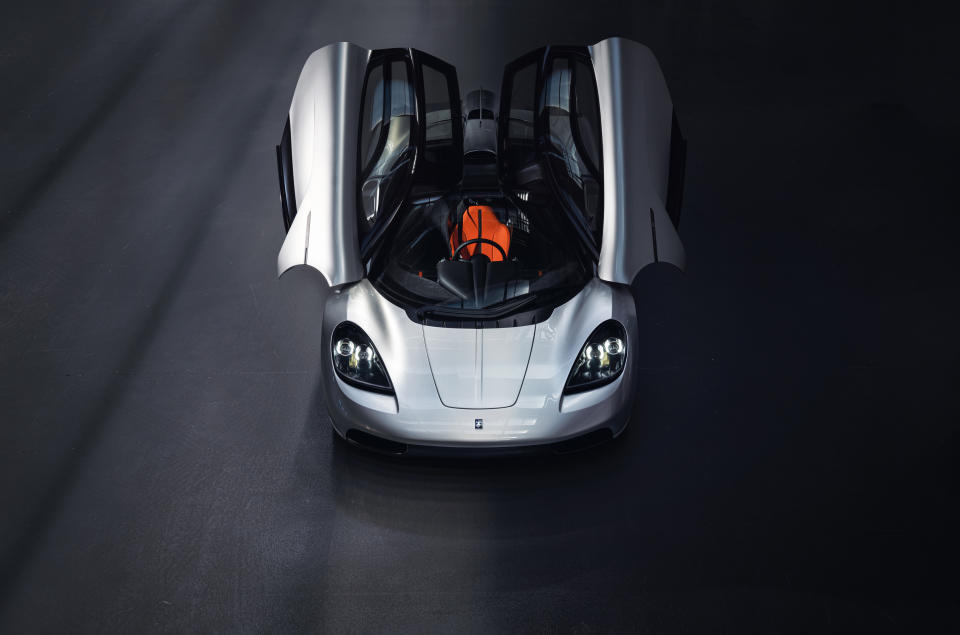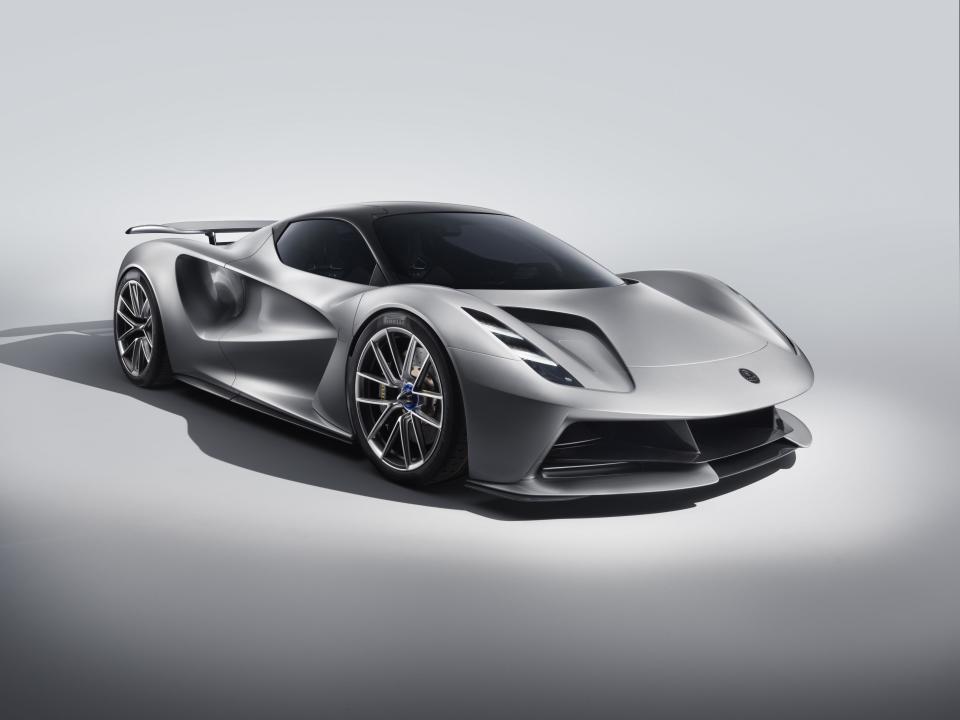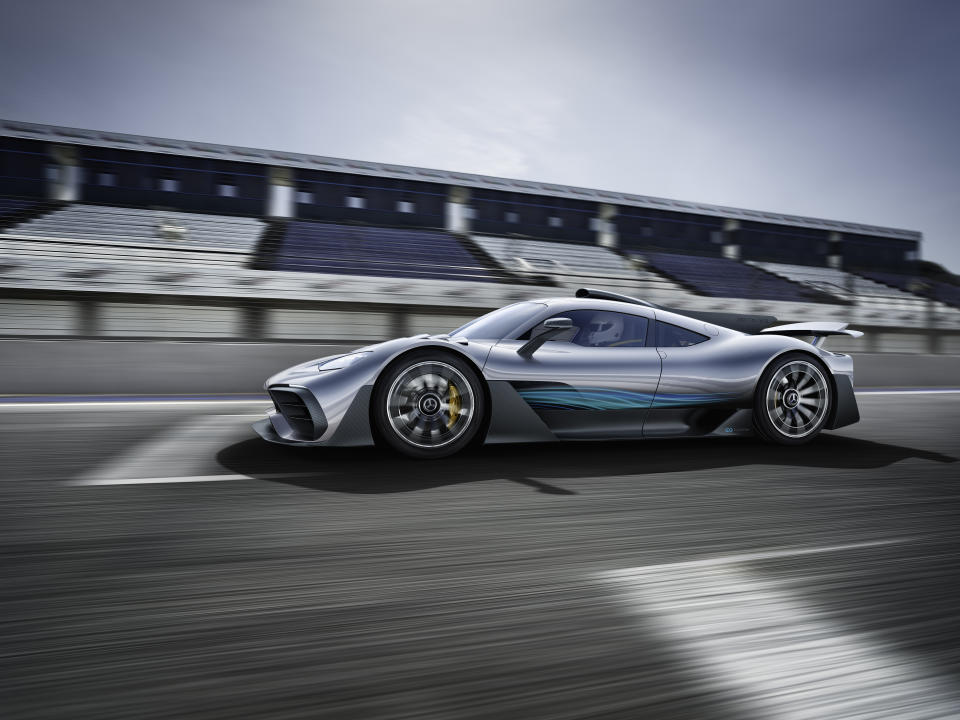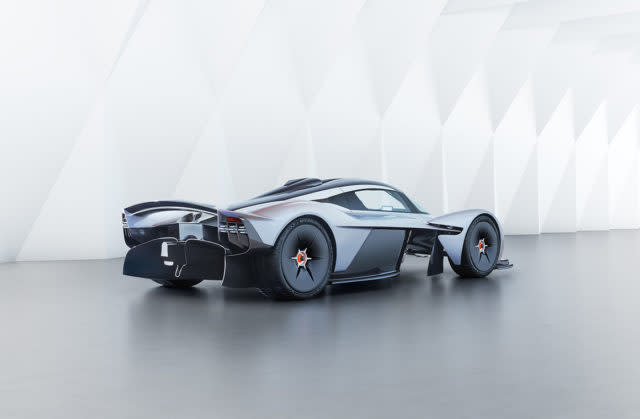The next-generation hypercars with mind-blowing performance
Every few years, there’s a new generation of iconic hypercars that sit at the very pinnacle of automotive technology.
In 2020, we’ve headed into a new decade with the promise of road cars boasting performance that wouldn’t be out of place on a Formula 1 grid. With electrification in particular changing what we know about what’s possible from a performance perspective, we take a look at the next generation of hypercars.
Gordon Murray Automotive T.50

Obviously electrification is this generation’s buzzword, but we’re starting with something that goes against the grain. Legendary car designer Gordon Murray has started his own company, and the T.50 is its flagship model.
It has a bespoke 654bhp V12 engine built by Cosworth, with no electrification. Instead, the crazy headline technology is a rear-mounted fan, which rapidly increases air passing beneath the car. The result is known as ‘ground effects’ and it creates huge downforce without the need for large wings on the body work that create drag.
Lotus Evija

Norfolk-based Lotus has a reputation for building some of the lightest, purest driving machines on Earth. However, it is now turning its hand to a high-performance electric car – called the Evija – using its lightweight knowhow to offset the heavy batteries, using extensive carbon-fibre.
The performance figures are ludicrous. Lotus is aiming for 2,000bhp and 1,200Nm of torque, with a sub-three-second 0-60mph time and a top speed in excess of 200mph.
Mercedes-AMG Project One

We often hear the term ‘race car for the road’, but few can make that claim quite like the Project One. That’s because it’s powered by a mildly tweaked version of the 1.6-litre petrol-electric hybrid engine that is found in the Mercedes Formula 1 car.
The power output is going to be more than 1,000bhp with a top speed in excess of 217mph. Rumour has it the firm has – perhaps unsurprisingly – struggled to make the engine work properly for everyday driving, but it’s still expected to be released in 2021.
Aston Martin Valkyrie

The Valkyrie is probably the closest in this list to a competitor for the T.50, because it too is powered by a naturally aspirated V12. The car has been built in collaboration between Aston Martin and Red Bull Racing Advanced Technologies, which is closely tied to the Red Bull F1 team.
It made its public debut ahead of the 2019 British Grand Prix, but further details have been quiet since then. We do know that it will have 1,160bhp and cost about £2.5 million, though.
Rimac C Two

The second electric car on this list, the Rimac is probably the closest to production, with the first prototypes hitting the road in December last year. Just 150 will be built, with former F1 star Nico Rosberg revealing this week that he’s bought one.
It’s so quick that it can go from 0-100mph in 4.3 seconds, which would be a quick 0-60mph time for a supercar. It also promises to have a top speed in excess of 258mph.

 Yahoo News
Yahoo News 
